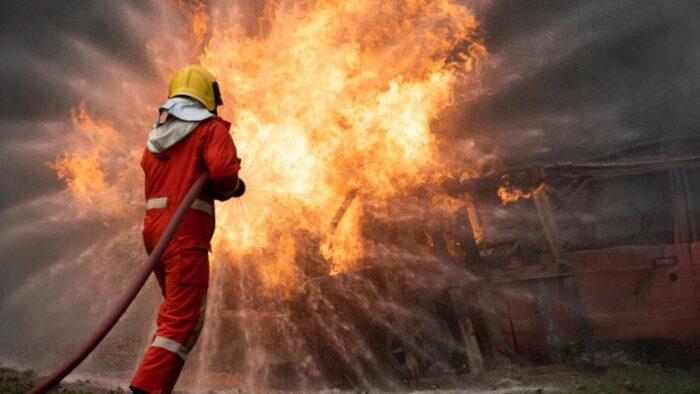
By Equipe de Redação
Posted in September 9, 2024

Astonished, the country watches the devastation, but with arms crossed.
In recent months, I have been reading and watching the news with great dismay at what is happening to the environment.
Extreme weather events were predictable and have been announced. What have we done to contain or minimize them?
It is known that the heavy rains in Rio Grande do Sul between April and May, the advancing drought in the north of the country, the wildfires destroying the Pantanal bioma and other areas of the Midwest and Southeast, in addition to the climate fluctuations with unusual highs and lows in temperature, are all completely connected.
At the end of the 2000s, the world was shocked to become aware of, and from there become familiar with, two words: global warming. Since then, global society has been racing against time to make up for lost time. Given the starting signal, this race does not stop and seems to have no finish line.
Gradually, environmentalists, climate scientists, governments, and representatives of the topic gather to discuss effective actions to contain climate damage. Among them, the emission of carbon dioxide (CO₂) in the planet.
Home to one of the largest biomes in the world, Brazil will be in the spotlight next year, as it will host the 30th United Nations Conference on Climate Change (COP30). The event will be held in Belém, Pará, a state facing severe drought, with river levels decreasing at an accelerated pace for this time of year.
By Tercio Borlenghi Junior – Co-founder and CEO of Ambipar Group


Our business analysts are ready to help your company with the best environment solutions.